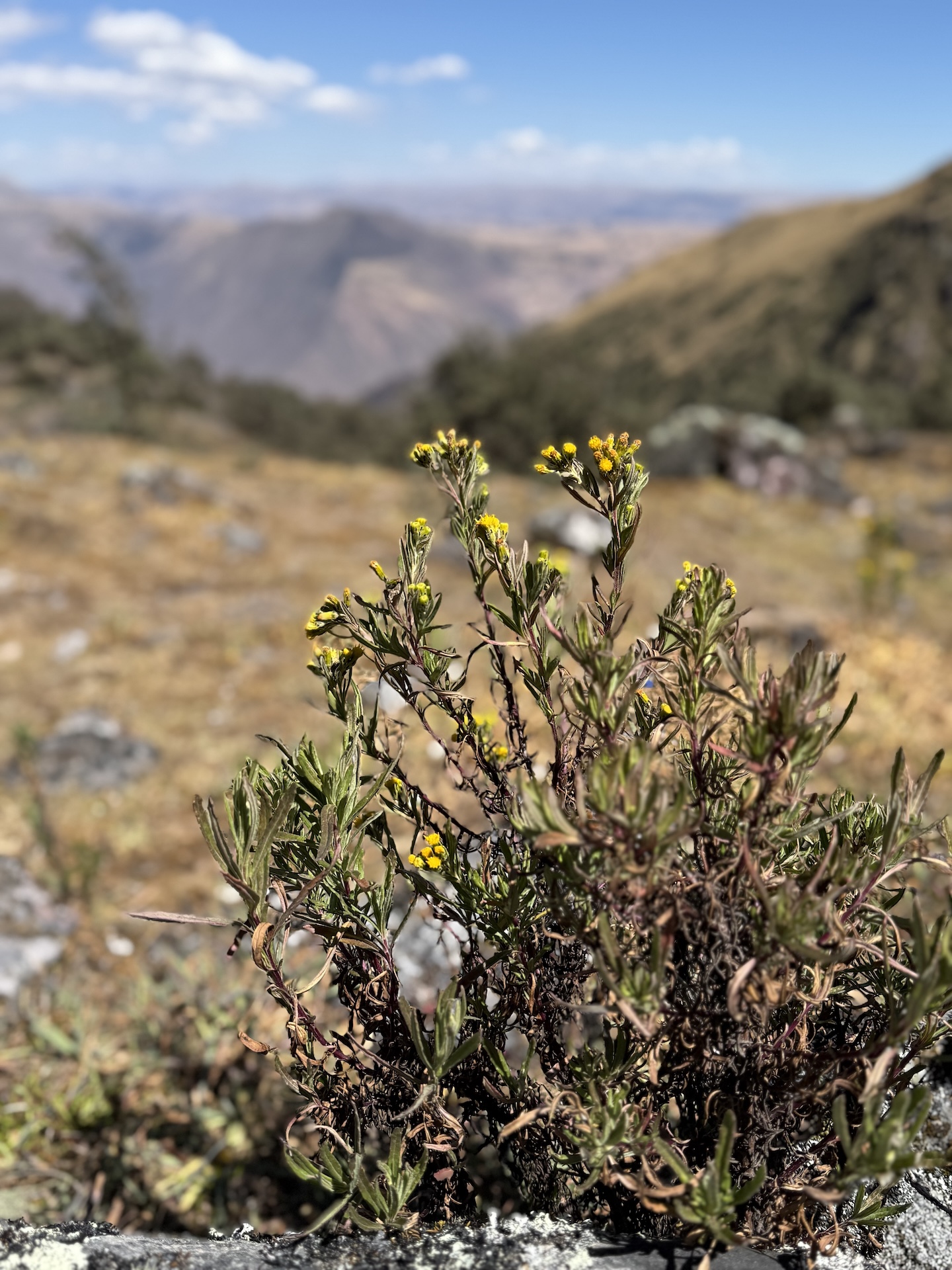The Hidden Layers of Need All Around Us – wayne centrone
 Sometimes I rush through my days so fast that I become numb to the suffering around me. There is too much need, too many faces in the crowd. Yet if I pause—even for a moment—I begin to see not just “suffering,” but a person. And it’s in truly seeing someone that real change becomes possible.
Sometimes I rush through my days so fast that I become numb to the suffering around me. There is too much need, too many faces in the crowd. Yet if I pause—even for a moment—I begin to see not just “suffering,” but a person. And it’s in truly seeing someone that real change becomes possible.
Last week, I found myself sitting on a concrete bench in the bustling central market of Magdalena, Lima, waiting for my daughter to return from shopping. The air was thick with the scents of fresh produce, roasted chicken, and the distant roar of city traffic. Suddenly, a young man approached. He couldn’t have been more than 25, and on his chest, held snugly in a sling, was his baby. He spoke quickly—too quickly for me to catch every word. From his accent, his mannerisms, his worn clothing, I knew he was Venezuelan. Perú now hosts over 1.6 million Venezuelan immigrants, many of them families like his. Socially isolated, often distrusted, with limited access to services, these newcomers survive day by day.
I gently asked him to repeat himself. This time, his voice was calmer, slower. “Can you please help me buy formula and diapers for my baby?”
The request was simple. And yet, in that moment, it felt profound. As we walked together to the nearby pharmacy, he told me about his 11-month-old son—so thin I’d have guessed 7 or 8 months—and about his four-year-old daughter and wife back in their makeshift home. He had left Venezuela dreaming of better days, only to discover new challenges: how to feed his children, where to find a friend, how to keep hope alive. It wasn’t hard to buy six months’ worth of diapers and formula. But what mattered even more was what came next. Standing on the sidewalk, handing him the bundled packages, I looked into his eyes and said, “If you ever need anything, come find me in this market. I’m your friend.”
In that declaration—so simple yet so radical—we recognized our shared humanity. I wasn’t just a benefactor for a few minutes; I was a person who cared, a person he could rely on. What “Seeing” really means is more than a gesture or an act of kindness. It is an expression of hope. It is, however, not always easy for me to quiet the busyness of my mind and truly see the world around us. I’ve found a few simple things that I use to anchor me.
Slowing Down. I must be willing to pause—even when the world feels overwhelming.
Listening Fully. Beyond the words, I listen fully and hear sincerely the hopes, fears, and dreams.
Showing Up. I make myself vulnerable – in a safe way. I let myself connect.
These seemingly small gestures of friendship can ripple into profound change. When we see someone beyond their need, we open the door to empathy. We no longer ask, “How can I fix this?” but rather, “How can I walk alongside you?”
That evening, I boarded a plane back to the United States, but my mind stayed in Magdalena. I think about that young father and his children every day. I pray for the strength to remember—not just once, but always—that he is not invisible. Next time I return to Lima, I owe it to my new friend to be there for him. And I challenge all of us to do the same in our own lives. Here are a few ideas that came to mind when discussing the power of presence and compassionate seeing I had with a dear friend:
- I challenge myself to carefully look for the hidden layers of need in your neighborhood. They’re there. We need to pull the curtain back a little.
- Offer more than charity—offer presence. Charity is fleeting. It is an act of kindness that depends on us. Seeing someone deeply is an act of compassion. It is an act that allows the other person to be their own subject.
- Become the friend someone never expected to have. I have taken to asking myself, “What would I do differently if that person were my friend? My family?” I then act on my newfound clarity. It is not always clean. Sometimes it is really messy. But that’s life, messy.
Because when we stop seeing “need” and start seeing people, that’s where all change becomes possible.

